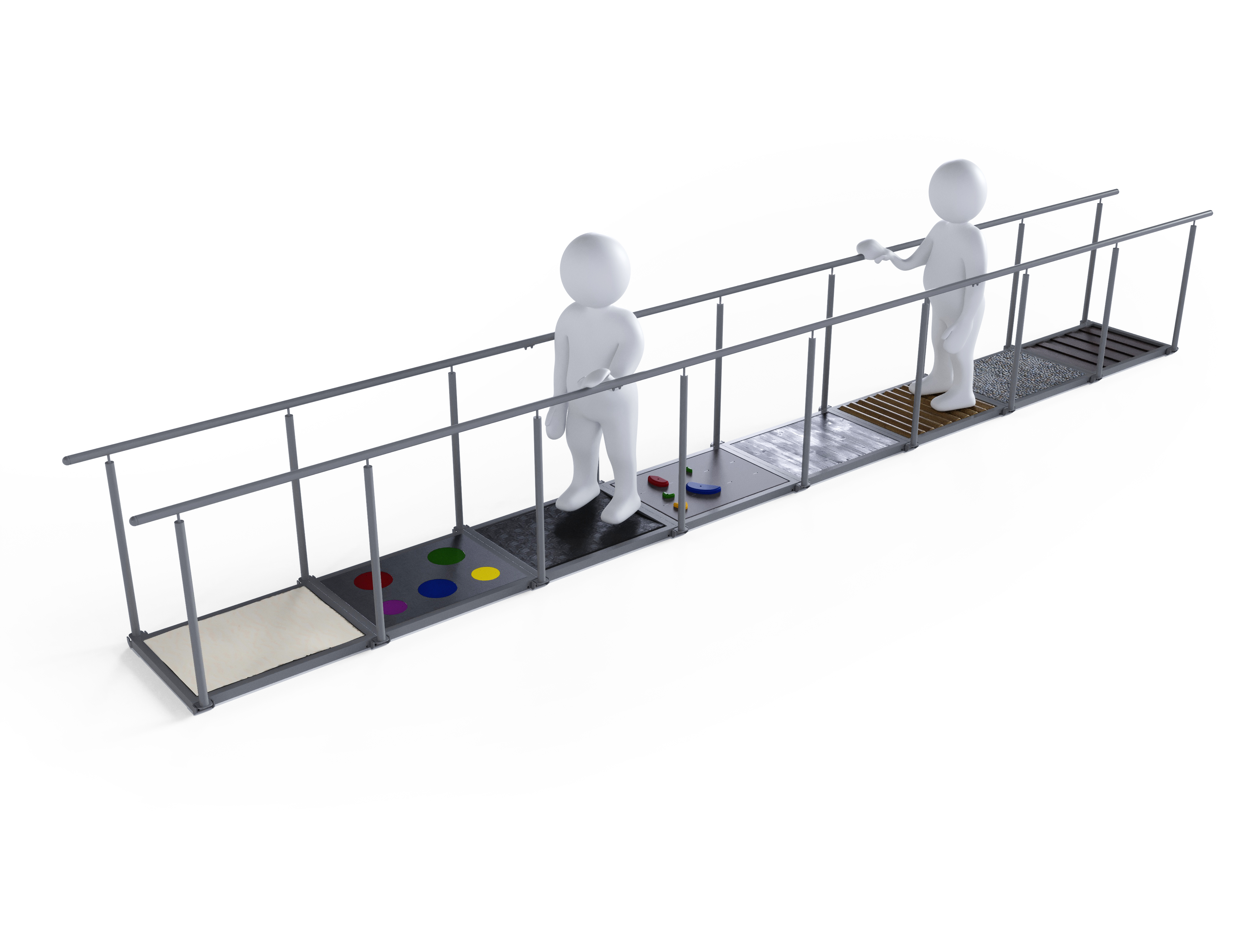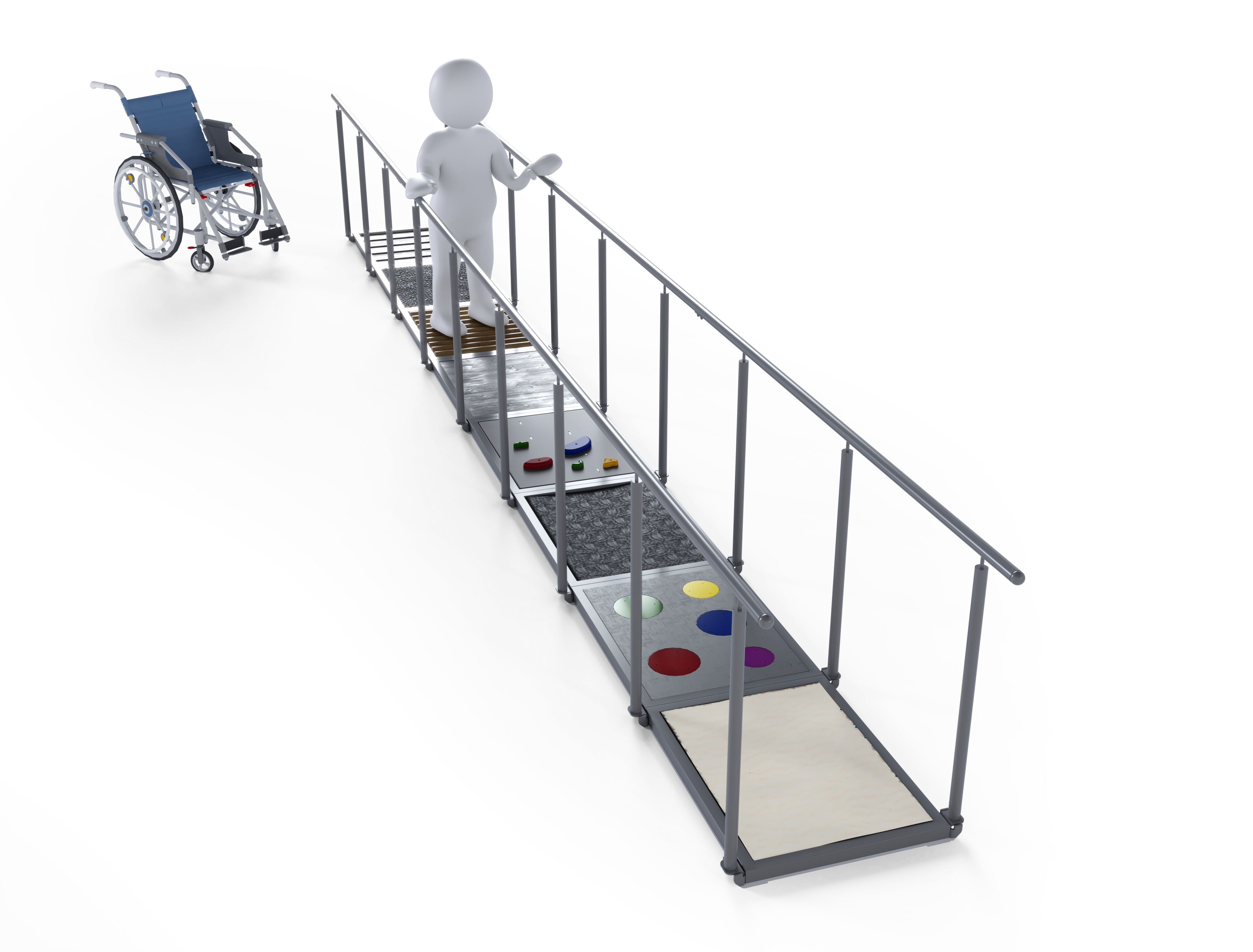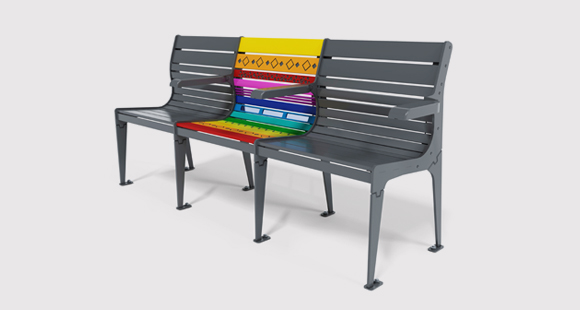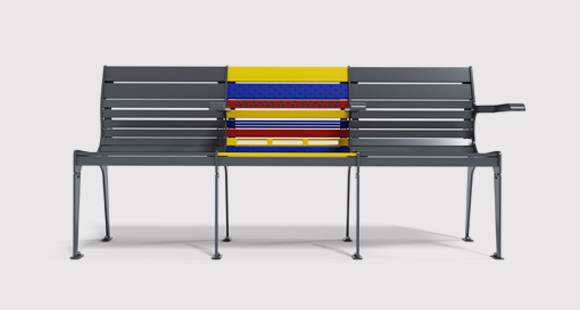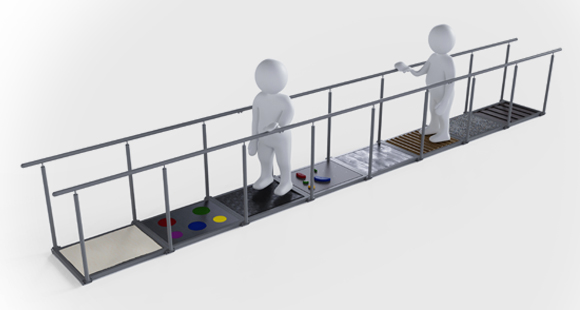Medical devices We design to help
Construction of a sensory path on the inclusive playground
Sensory paths will not only stimulate the nervous system, but also relax and make the playground space more attractive for both able-bodied and disabled people.
Sensory paths are an effective and very useful addition to the play infrastructure, which additionally supports sensory integration in both able-bodied children and children with disabilities or developmental disorders.
Fun and therapy
The sensory path is created by using a series of different surfaces, giving different sensations perceived with bare feet. In the sensory path, the texture of individual elements and their temperature are important, which affects the sense of touch and visual stimuli - various colors of materials that can interestingly change into one another.
The shapes of the sensory path can be different, depending on the needs. If it is an element of the communication route, it should harmoniously connect with other paths and lead to the goal. You can also expose this unusual element of the composition more and locate it centrally, for example on the lawn or surrounded by attention-grabbing plants. A sensory path designed in the form of a circle, a maze, a mosaic or a game, e.g. in the classroom, works well, which is especially attractive to children and encourages them to use this form of healthy garden fun.
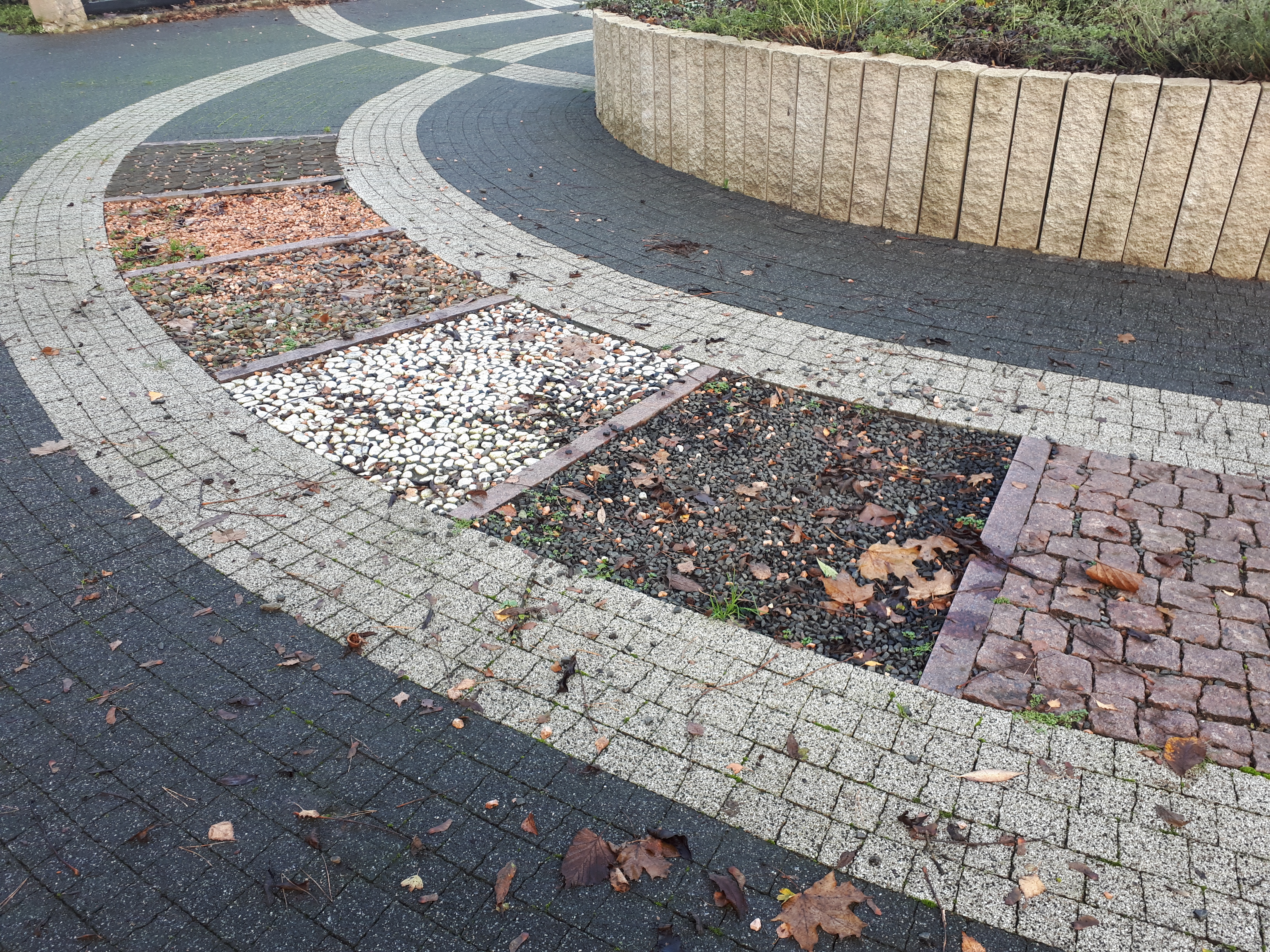
A sensory path in a garden with sensory elements in Gdańsk-Oliwa built by Doraco.
How to create a sensory path?
The sensory path is composed of successive regular spaces filled with various materials. Subsequent sections of the pavement should be located in relation to each other in such a way as to ensure the most diverse impressions, both in terms of texture, temperature and flowability of the pavement. The length of the sensory path depends on the possibilities and available space, because materials may repeat themselves cyclically.
The width of each station must be sufficient to accommodate two feet. This is especially important for people with sensory integration disorders who need to comfortably experience stimuli for a longer period of time. It is also worth providing a barrier along the path (at least on one side), which will also help children suffering from gait dysfunctions and requiring support to enjoy the experience. It is good if there is a place for a carer or therapist next to the path, who on the one hand can hold the child's hand or help in going through the next stations.
The edges that separate the path from the environment, but also from the next elements, the surface must be almost flush with the surface so that the user does not trip. They must not have sharp edges either. For partitions between subsequent elements, wider concrete or natural stone curbs, dug deep enough to be equal to the height of the upper surface layer, are best. External curbs can be higher, because they allow you to keep the loose surfaces of the path in check, so that materials do not spill onto the adjacent area under the influence of path use and wind. Curbs should be set on dry concrete or mortar. It is worth compacting the substrate under the material on the path. The layer of applied loose material should be at least 10 cm so that the user can sink his feet into the aggregate, sand or bark without feeling the ground under the layer.
Various natural aggregates, such as: sand, washed pebbles of various fractions and colors (field stone, marble, granite, stone-bark) are perfect to fill in the subsequent sections of the sensory path. Stones with clearly sharp edges should be avoided (e.g. some granite grits). Aggregates do not always have to be in a loose state, because e.g. large marble pebbles and split or whole fieldstone, immobilized with cement mortar, also work well. You can also use cold granite paving stones, warmer concrete paving stones, smooth and cobblestone paving slabs and tartan slabs for playgrounds.
Another material that provides a great experience in contrast to aggregates and stone are: pine bark, stacked cones, wooden slices, wooden half-rounds arranged tightly next to each other, wooden panels or terrace boards cut to the appropriate width of the sensory path station.
Ready product
In a situation where it is not profitable to build a sensory path from scratch or when the target arrangement is a straight section, you can use a ready-made solution intended for installation in a playground, sensory garden, park, yard or other form of land development.
The TERMA sensory path is a device that gives the opportunity to play and therapy on the playground. The device aims to create conditions for the integration of able-bodied people and people with physical disabilities (moving in wheelchairs), affecting social and cognitive rehabilitation, as well as sensory integration. The device is compliant with the PN-EN 1176 standard. The device is in line with the assumptions of universal design.
The device has successive sections filled with various materials, as well as free sections for any filling with loose material, such as sand, washed pebbles, spruce cones, bark, wood chips.
